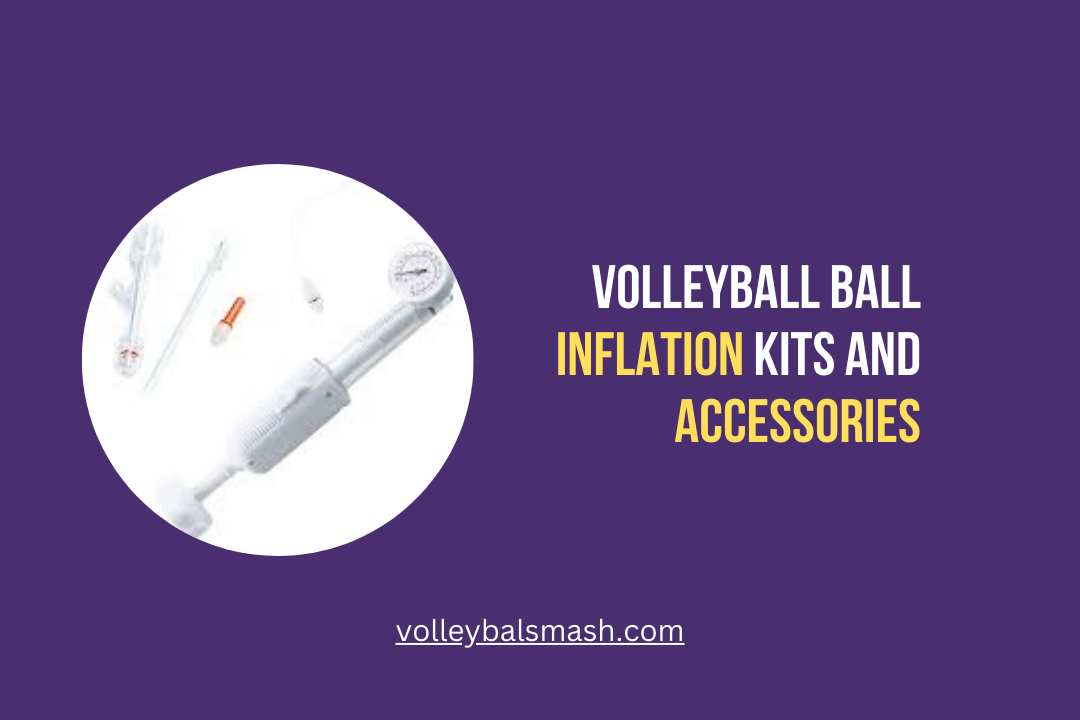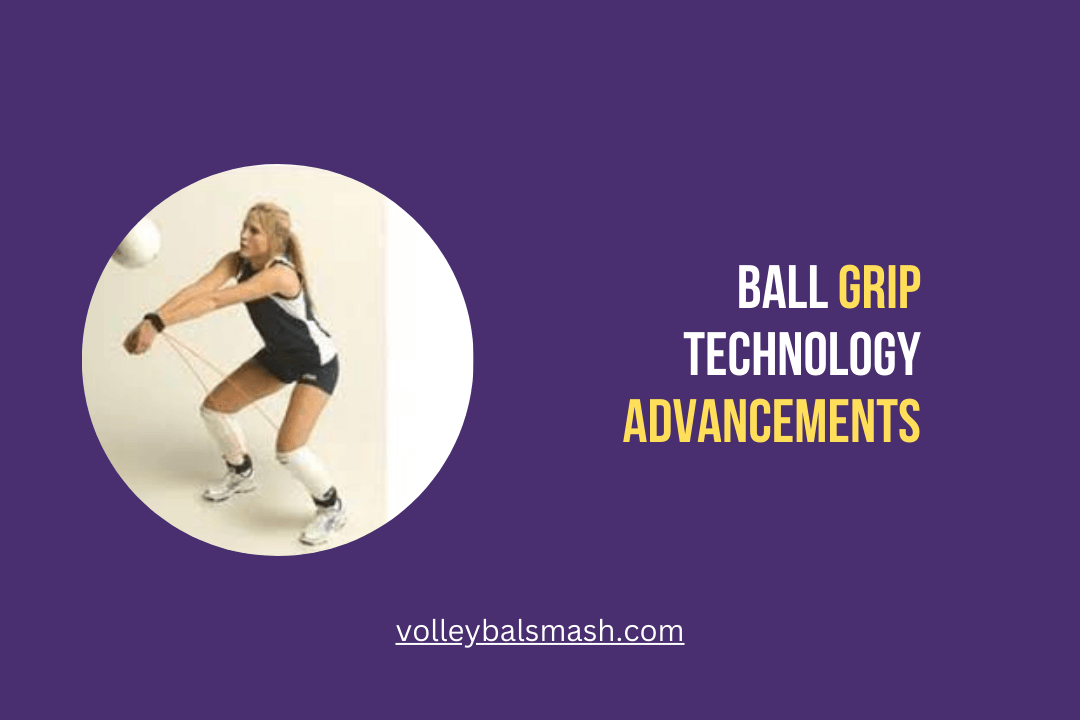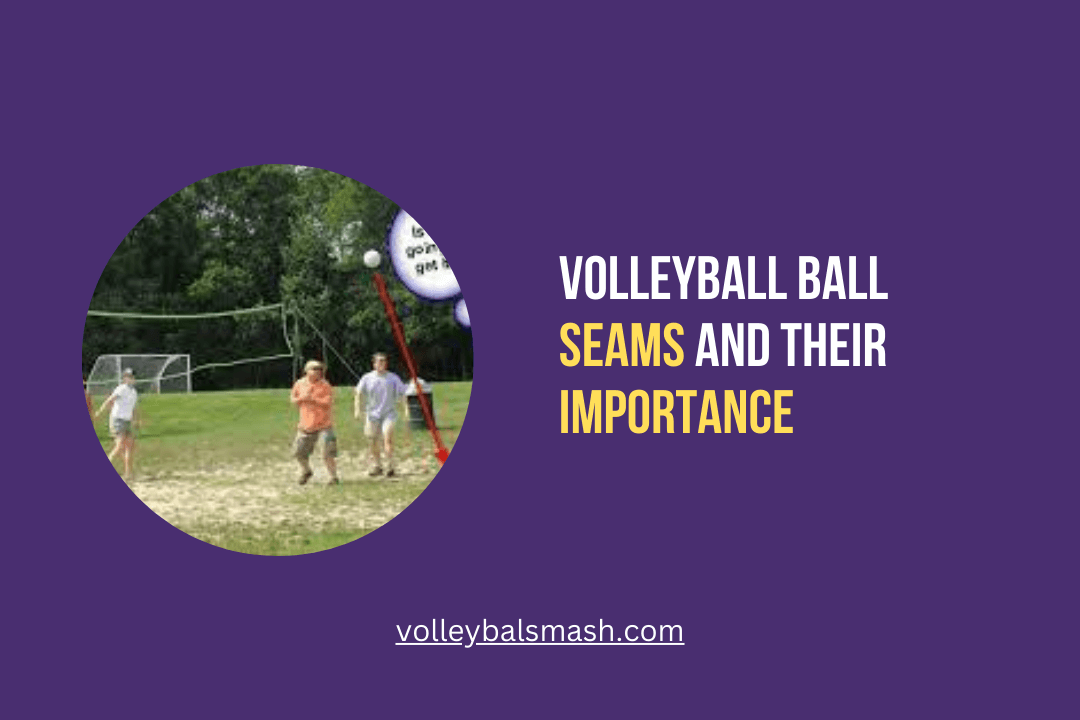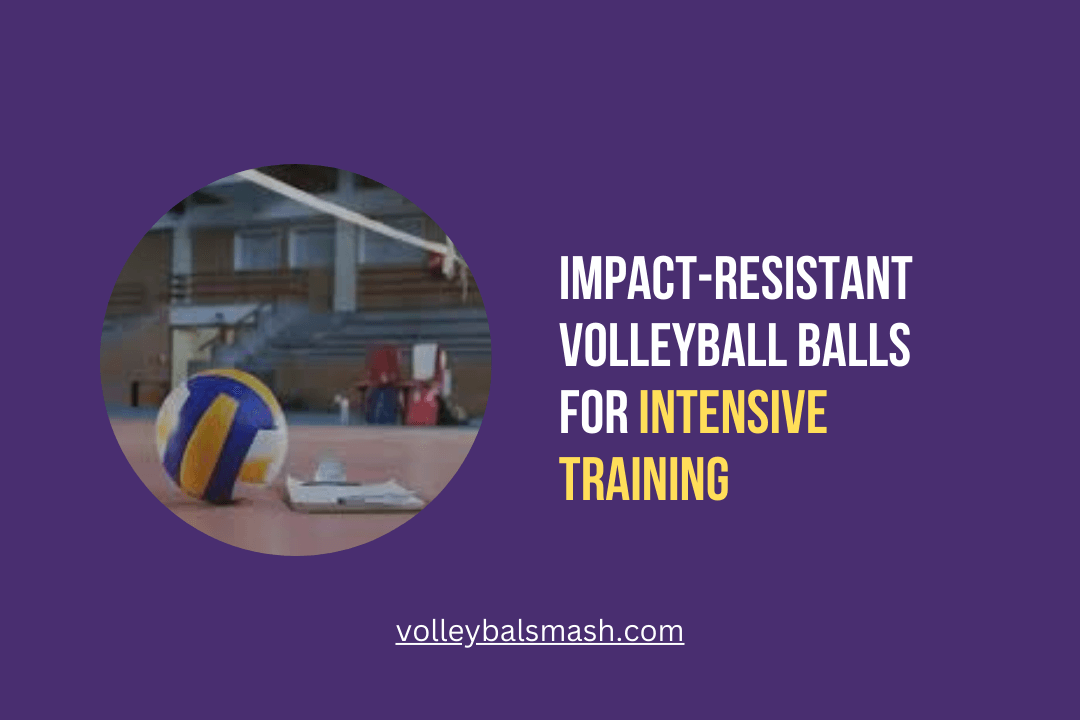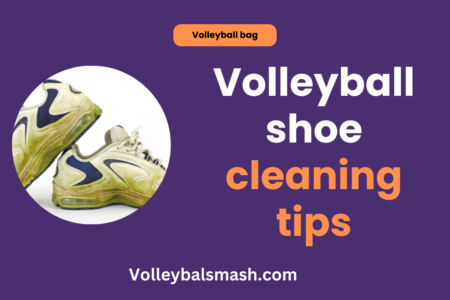Today, we will delve into the fascinating world of volleyball ball bounce characteristics. Have you ever wondered why some volleyball balls seem to bounce higher or lower than others? In this blog post, we will explore the key factors that influence the bounce of a volleyball ball, including material composition, air pressure, and surface texture. Understanding these characteristics will not only help you choose the right volleyball ball for your game, but also improve your overall performance on the court.

Materials and Methods
Obviously, in order to compare volleyball ball bounce characteristics, it is essential to have a clear methodology in place. The following section will outline the materials used in the testing process, as well as the methods employed to conduct the tests. For a more in-depth look at the topic, you can visit Follow the Bouncing Ball.
Selection of Volleyball Balls for Testing
When selecting volleyball balls for testing, you must ensure that a diverse range of balls are included. This includes balls of varying brands, sizes, and materials. The key is to gather a representative sample that reflects the range of volleyball balls commonly used in the sport. It’s also important to consider factors such as the age and wear of the balls, as these can significantly impact their bounce characteristics.
Description of Test Procedures
Once the selection of volleyball balls has been made, the next step is to define the test procedures. This includes specifying the drop height, surface type, and environmental conditions for each test. It’s crucial to maintain consistency in these factors to ensure the validity of the results. Additionally, the process for measuring the bounce height and recording the data should be clearly outlined to ensure accuracy and reliability of the test results.
Selecting the right volleyball ball for tournaments
Bounce Characteristics Analysis
While studying the bounce characteristics of volleyball balls, it is important to analyze various factors that affect the ball’s behavior upon impact with the playing surface. This analysis provides valuable insights into the performance of the ball and its suitability for different playing conditions.
Bounce Height Comparisons
When comparing the bounce height of different volleyball balls, you can observe significant variations based on their construction and materials. The quality of the bladder and the surface material are key factors influencing bounce height. In Table 1, you can see a comparison of the bounce heights of different volleyball balls under standardized testing conditions.
| Ball Type | Bounce Height (inches) |
| Ball A | 10.5 |
| Ball B | 11.2 |
| Ball C | 9.8 |
Energy Retention and Surface Interactions
Understanding how volleyball balls retain energy and interact with the playing surface is crucial in assessing their performance. The material composition and design structure play a significant role in determining energy retention and surface interactions. When the ball strikes the surface, its compression and rebound properties affect its behavior, as shown in Table 2.
| Ball Type | Energy Retention (%) |
| Ball A | 85 |
| Ball B | 88 |
| Ball C | 82 |
Impact of Ball Design on Bounce
After the initial impact with the volleyball, the ball’s design plays a crucial role in determining its bounce characteristics. The design factors such as material composition, internal pressure, and panel design all contribute to the ball’s bounce behavior. Understanding these factors is important for both players and manufacturers when choosing or designing the ideal volleyball for specific playing conditions.
Influence of Material Composition
The material composition of a volleyball significantly affects its bounce characteristics. Different materials have varying levels of elasticity and density which directly impact the ball’s ability to rebound off the floor. For instance, a softer material might provide a more forgiving bounce while a harder material could produce a livelier bounce. Additionally, the surface texture of the ball, whether smooth or textured, can also influence the overall bounce behavior. When selecting a volleyball, consider the material composition and surface texture to find the right balance for your playing style and the playing surface you will be using.
Role of Internal Pressure and Panel Design
The internal pressure of the volleyball, as well as its panel design, also affect its bounce characteristics. A ball with higher internal pressure may produce a tighter and more responsive bounce, while a lower pressure ball might feel softer and have a more controlled bounce. The panel design, including the number, shape, and arrangement of panels, can also impact the ball’s aerodynamics and bounce behavior. When choosing a volleyball, pay attention to these design factors to ensure that the ball’s bounce aligns with your playing preferences.
By understanding the impact of ball design on bounce, you can make more informed decisions when selecting a volleyball for your game. Pay attention to the material composition, internal pressure, and panel design to find the right balance for your playing style and the playing surface you will be using. Manufacturers also take these factors into account when designing and producing volleyball balls, ensuring that the bounce characteristics align with the intended usage. When choosing a volleyball, consider the design factors to find the ball that best suits your needs and preferences.
Volleyball ball air retention features
Effect of Environmental Conditions
Lastly, it’s important to consider the impact of environmental conditions on volleyball ball bounce characteristics. Environmental factors such as temperature, humidity, and playing surface can significantly affect how the ball behaves during a game.
Temperature and Humidity Factors
When it comes to volleyball ball bounce, temperature and humidity play a crucial role. Higher temperatures can lead to a more energetic bounce from the ball, while lower temperatures may result in a less lively bounce. In addition, humidity levels can also impact the characteristics of the ball, affecting its grip and bounce. For instance, in high humidity conditions, the ball may become heavier and less responsive to player’s movements. Knowing how temperature and humidity affect ball bounce can help you anticipate and adapt to changing environmental conditions.
Temperature and Humidity Factors
| Factors | Effects |
| Higher Temperature | More energetic bounce |
| Lower Temperature | Less lively bounce |
| High Humidity | Heavier and less responsive ball |
Playing Surface Variations
Another factor to consider is the variation in playing surfaces. Different surfaces such as indoor wooden floors, outdoor sand courts, or synthetic turf can all have an impact on how the ball bounces. For example, a hardwood floor may produce a faster and more predictable bounce compared to a sand court where the ball’s path can be more unpredictable. Being aware of these variations and how they can affect ball bounce will allow you to adjust your playing style and techniques accordingly.
Discussion of Results
However, the results of the volleyball ball bounce characteristics revealed some interesting findings that can impact the game and equipment selection.
Interpreting Bounce Characteristics Data
When interpreting the bounce characteristics data, it’s important to note that the higher the rebound height, the greater the potential for power and speed in your game. This means that a ball with a higher rebound height can give you a competitive edge in spiking and serves. On the other hand, a lower rebound height may require you to adjust your playing style to compensate for the reduced power potential.
Implications for Volleyball Ball Selection
The bounce characteristics of a volleyball ball directly impact your performance on the court. Therefore, when selecting a volleyball ball, you should take into consideration the bounce height and other characteristics to ensure that it aligns with your playing style and preferences. A ball with optimal bounce characteristics can enhance your game and improve your overall experience on the court.
Effect of temperature on volleyball ball performance
Comparing Volleyball Ball Bounce Characteristics
Summing up, when comparing volleyball ball bounce characteristics, it is important to consider factors such as material, construction, and air pressure. These elements can greatly impact the performance of the ball on the court, affecting its trajectory, speed, and overall playability. By understanding these characteristics, you can make informed decisions when selecting a volleyball for your game. It is also crucial to regularly monitor and maintain the air pressure of your volleyball in order to ensure consistent and reliable bounce characteristics.
FAQ
What factors affect the bounce characteristics of a volleyball ball?
The bounce characteristics of a volleyball ball are primarily affected by factors such as the internal pressure of the ball, the material it is made of, and the surface on which it is being played. The internal pressure of the ball determines its elasticity and playability, while the material and construction affect its overall bounce and responsiveness. The surface on which the ball is being played, whether it’s indoor or outdoor, also plays a significant role in its bounce characteristics.
How does the size and weight of a volleyball ball impact its bounce?
The size and weight of a volleyball ball have a direct impact on its bounce characteristics. A standard volleyball ball is designed to be a specific weight and size to ensure consistent play and bounce. The weight of the ball affects how it interacts with the playing surface, while the size determines the surface area in contact with the ground. Both factors contribute to the overall bounce and movement of the ball during play.
Are there different types of volleyball balls with varying bounce characteristics?
Yes, there are different types of volleyball balls designed for specific playing conditions and preferences. Indoor and outdoor volleyball balls have distinct bounce characteristics to suit the playing surface. Additionally, beach volleyball balls are specifically designed for sand play and have different bounce characteristics compared to indoor or outdoor balls. There are also variations in the construction and materials used in different types of volleyball balls, which can impact their bounce and playability.
